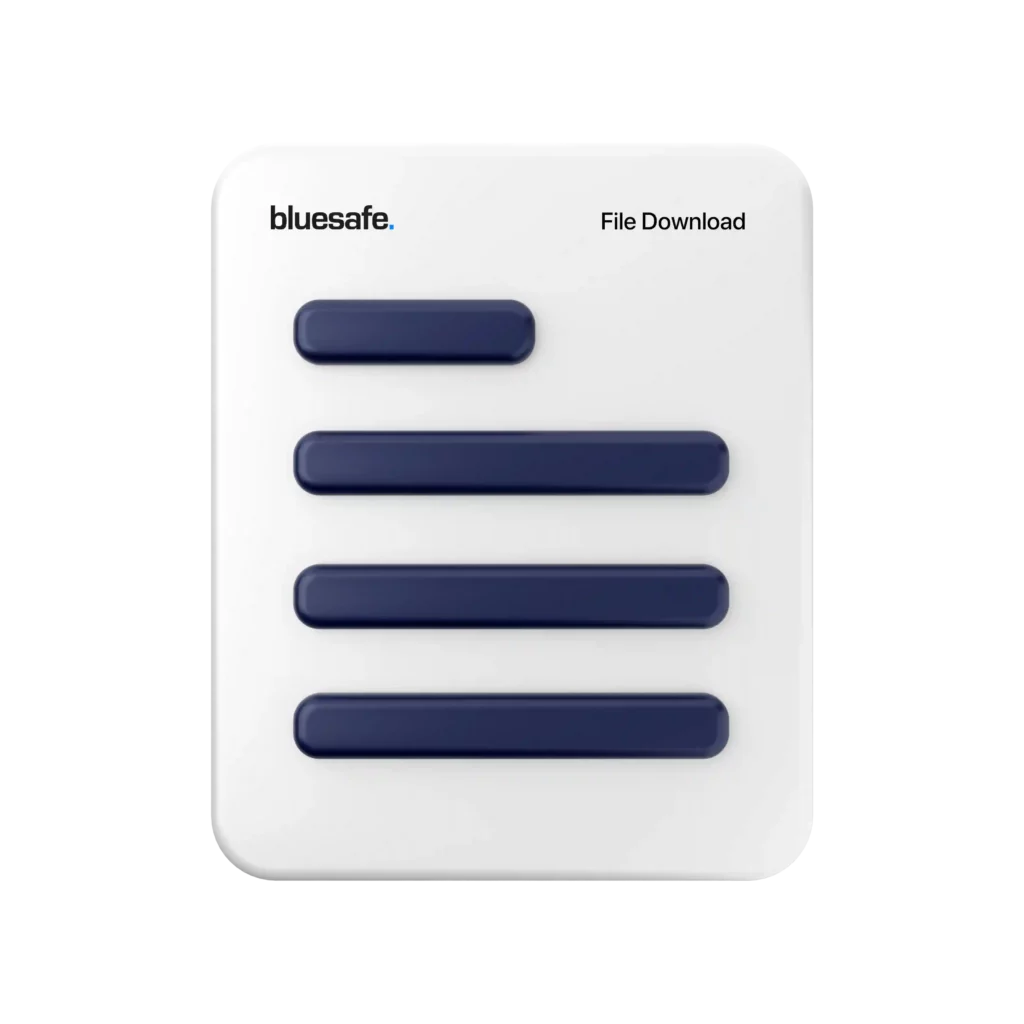Gary’s Safety Tips 
Hey everyone, it’s your safety guy Gary, and today we’re going to talk about a topic that is crucial for every business owner and worker in Victoria – a SWMS. If you’re not familiar with the term, SWMS stands for Safe Work Method Statements. These documents outline the risks associated with a particular job and detail the measures that must be taken to minimise or eliminate those risks.
Now, you might be thinking, “Gary, I already know how to work safely, I don’t need a piece of paper telling me what to do.” But here’s the thing – SWMS aren’t just some bureaucratic requirement. They’re a vital tool that can help you and your team stay safe and avoid accidents and injuries.
Let’s start with the basics. Under Victorian law, SWMS are mandatory for any high-risk construction work. This includes any work that involves a risk of falling from a height of two meters or more, the use of explosives, or the demolition or dismantling of load-bearing structures. But even if your work doesn’t fall into these categories, creating and using SWMS is still a smart move.
Why? Because accidents can happen in any workplace, not just on construction sites. And when they do, it’s not just the injured worker who suffers – it’s the whole team. Lost productivity, increased insurance premiums, and damaged morale are just a few of the potential consequences. By creating and following SWMS, you can reduce the likelihood of accidents and protect your team and your business.
So, how do you create a SWMS? The first step is to identify the hazards associated with the job. This might include things like working at heights, exposure to hazardous substances, or working with machinery or equipment. Once you’ve identified the hazards, you need to assess the risks associated with them. How likely are they to occur, and what are the potential consequences if they do?
Based on your risk assessment, you can then develop control measures to minimise or eliminate the risks. These might include things like using fall protection equipment, providing training on the safe use of machinery, or implementing procedures to control exposure to hazardous substances. It’s important to involve your team in the development of SWMS, as they will be the ones carrying out the work and will have valuable insights into the risks and control measures.
Once you’ve developed your SWMS, it’s important to communicate them to your team and make sure everyone understands their roles and responsibilities. You should also review and update your SWMS regularly, particularly if there are any changes to the job or the equipment being used.
Now, I know what you’re thinking – “Gary, this all sounds like a lot of work. Can’t I just wing it and hope for the best?” Trust me, I get it. We all want to get the job done as quickly and efficiently as possible. But here’s the thing – taking shortcuts when it comes to safety is never worth it.
Think about it this way – if you were about to go skydiving, would you just jump out of the plane without checking your equipment and following the proper procedures? Of course not. You’d want to make sure you were taking all the necessary precautions to avoid an accident.
The same principle applies to any job. By taking the time to develop and follow SWMS, you’re ensuring that you and your team are working safely and minimising the risk of accidents and injuries. And let’s be real – a few extra minutes spent on safety measures is a small price to pay for the peace of mind that comes with knowing everyone is going home safe at the end of the day.
So, in summary, SWMS are an essential tool for any business or worker in Victoria. By identifying and assessing the risks associated with a particular job, and developing control measures to minimise or eliminate those risks, you can help ensure that your team is working safely and avoiding accidents and injuries. Remember, taking shortcuts when it comes to safety is never worth it. By taking the time to create and follow SWMS, you’re not only protecting your team but also your business and your bottom line.
In addition to being a legal requirement, SWMS can also help improve the efficiency and productivity of your team. By clearly outlining the steps and procedures required to complete a job safely, you can reduce the risk of mistakes and rework. This can ultimately save you time and money in the long run.
But SWMS are only effective if they are properly implemented and followed. It’s important to ensure that your team understands the importance of SWMS and is trained on how to use them. You should also regularly review and update your SWMS to ensure they remain relevant and effective.
Finally, it’s important to remember that SWMS are not a one-size-fits-all solution. The risks associated with each job will vary, and your SWMS should reflect that. This means taking the time to assess the specific hazards and risks associated with each job and developing control measures that are tailored to those risks.
In conclusion, SWMS are a crucial tool for any business or worker in Victoria. By taking the time to develop and follow SWMS, you can help ensure that your team is working safely and avoiding accidents and injuries. Remember, taking shortcuts when it comes to safety is never worth it. By prioritising safety and using SWMS, you can protect your team, your business, and your bottom line.
Cheers,

![]()






